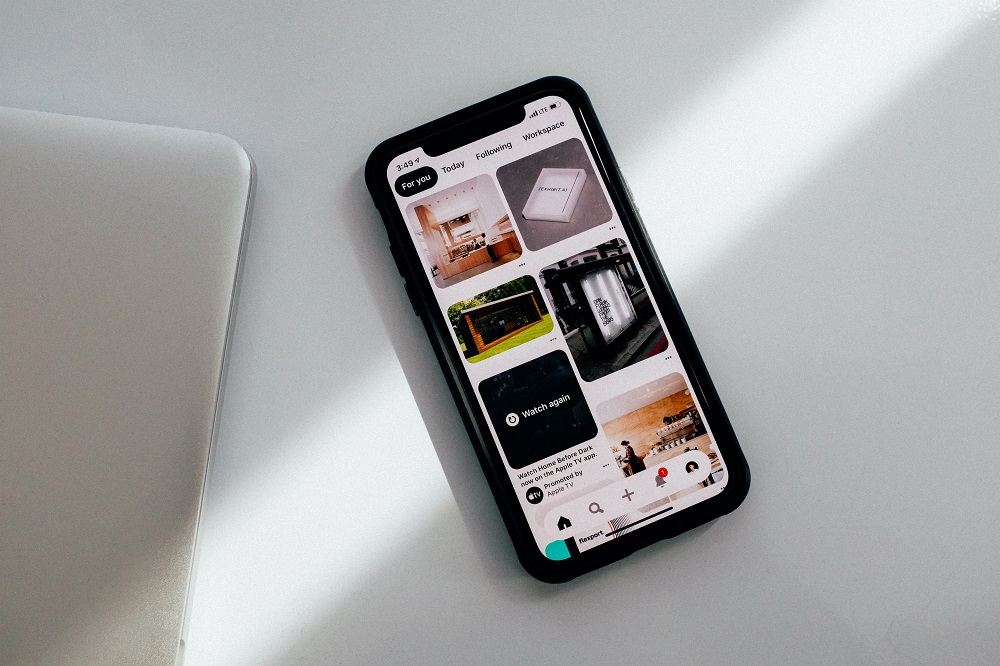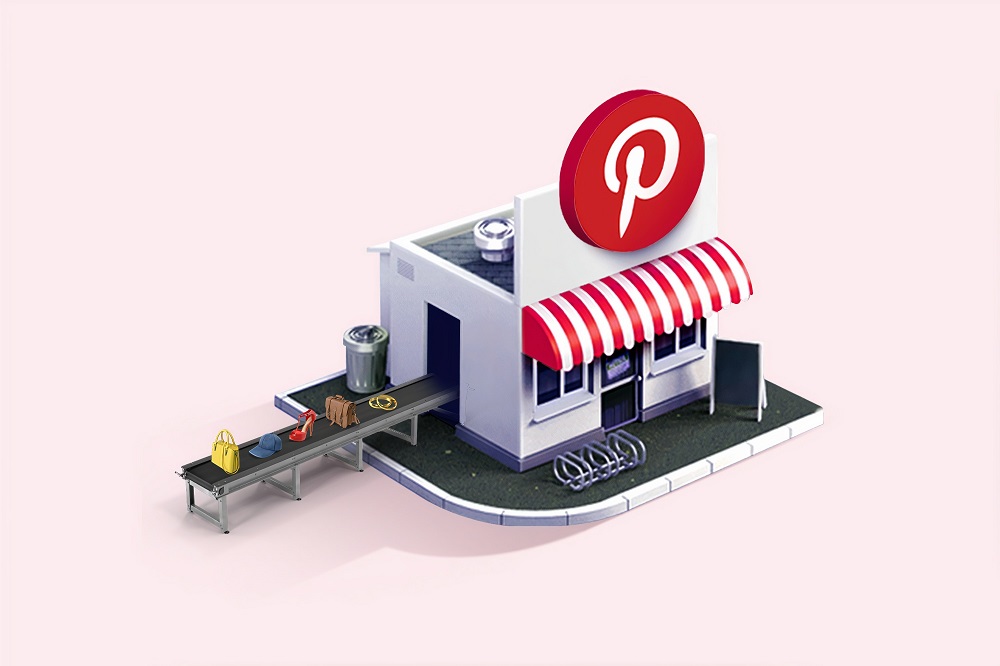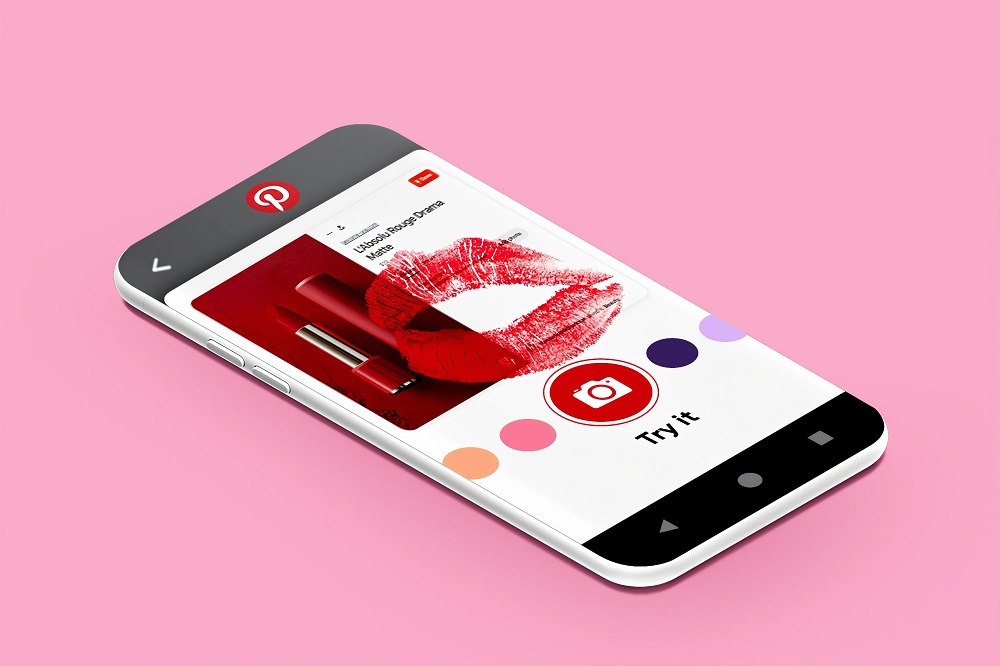Pinners prefer video. In 2020, video views on the Pinterest platform have increased more than 3x over the previous year.
Pinterest feed is very competitive by design. Unlike a standard single-column feed, it achieves four to five Pins on mobile at a time to maximize motivation. To gain Pinners’ attention, it’s necessary to generate ideas that aren’t just relevant and helpful, but also visually playful.
So, how do you build thumb-stopping content for the audience on Pinterest? The first step is to create what Pinners are interested in or searching for, and then dazzle them with unique and visually interesting ideas.
Ready to build a “breakthrough” video? Start ideating with our design team to build breakthrough video ideas. Here are a few examples of these animation methods in action:
The border break
This method can be easily achieved by slightly shrinking your creative to provide some marginal white space—and in turn, letting details bleed across those edges to generate the feeling of perspective. In some cases, this procedure can be used to build space for your creative to move, shake, and shake within the feed.
The Layered Surface
The Pinterest home feed feels like a plane surface. But by including a second layer, you’ll build the feeling of depth – drawing viewers in and changing the creative into more interesting that will come alive before their eyes. This can be accomplished by sliding a component from the screen’s perimeter, or by building depth perception with shadows.
Negative Space
Unlike various other content feeds, Pinterest matches a grid —indicating that there’s far more “white” or “negative” space surrounding the creative. You can utilize this negative space to your advantage by blurring the borders between a Pin and its boundaries, making the creative itself to appear more dynamic.
The portal
This procedure uses perspective to build additional dimensions to animate within. Receding or pivoting motion generates an illusion of depth that the audience or objects can emerge from. By connecting a few different perspectives, you’ll build a dreamy, captivating Pin. All of the “breakthrough” video methods leverage current motion treatments available on a range of video editing software.
The Room
The Room and interior are a few common things viewers see on Pinterest—so why not generate the appearance of a room that’s made directly into a Pin? This develops the feeling of a platform to tell a story, building gravity around your creative to draw viewers in.
The Screen Play
Every Pin has four walls, right? But, there’s a fifth wall: the exterior of the screen itself. By requesting attention to the “wall” dividing the audience from the creative, you’ll not only attract people in your direction but come as close to jumping off the screen and into Pinner’s lives.
The Product Hand-off
With so many stacked components, the visual structure of Pinterest includes a lot of separate elements. So moving a single item between two separate components typically causes the creative to stand out from the rest of the feed.
3D Illusion
Use the depth of field and graphic components to create an optical illusion. Combining two white lines can determine the plane where the screen is, forming a mental division between the background, midplane, and foreground. When combined with the camera’s depth of field blur, it outwits our brain into believing that things are popping out of the screen.
The XL Rotation
Pins are, by nature, two dimensional (2D). But it’s possible to build your third dimension for a Pin by combining some rotational motion to the creative, particularly if it bleeds past the boundaries of the Pin and has some shadows to build perspective. This is exceptionally powerful for highlighting a sole object, like a new product.
The New Product Arrival
By beginning your video with an empty canvas, you can break through the packed feed by actually creating your own space. From there, you can immediately drop, pull or throw components into the frame, with life-like physics, to stimulate an immediate reaction by the user carrying it in their hands
How to make one?
Each of the Pin methods shown in this deck is made from a single video asset. The difference is how the video is made in the video editing software. The Designer or Editor can hide the elements in the video to create the strategies outlined.
In some situations where the canvas of the video is designed to visually blend into the background, two variants of the final asset will need to be designed to account for ‘normal’ and ‘dark’ modes.






